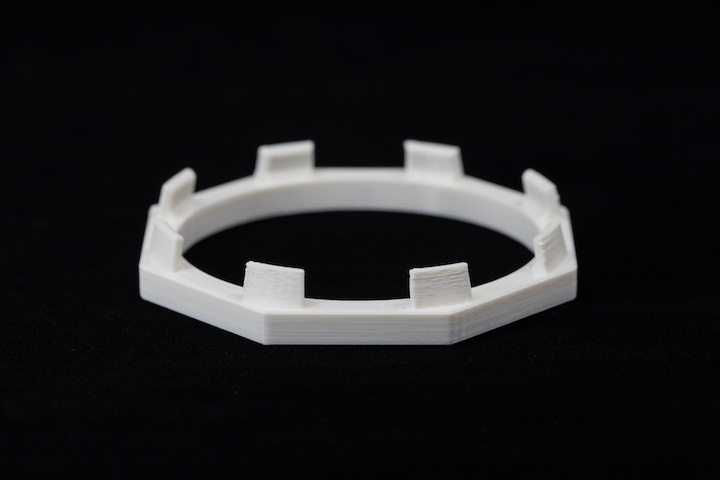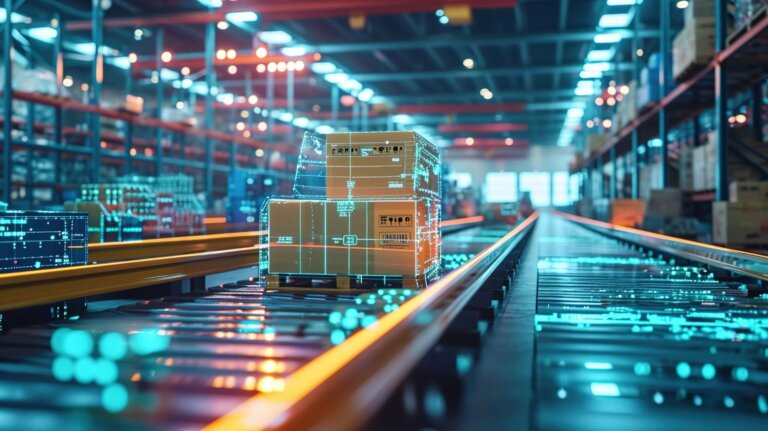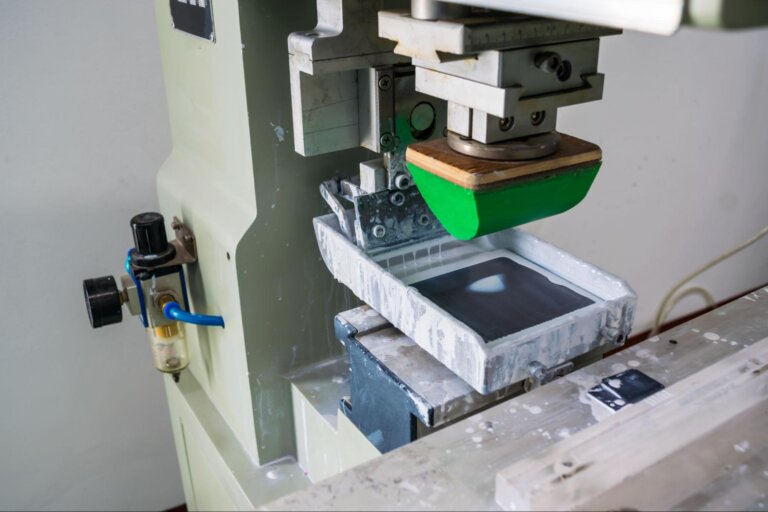PC+ABS (Polycarbonate + Acrylonitrile Butadiene Styrene) is a hybrid 3D printing material that combines the properties of polycarbonate and ABS. It offers a balance of strength, impact resistance, heat resistance, and ease of printing. Here are some common applications for PC+ABS in 3D printing:
Functional Prototypes: PC+ABS is often used to create functional prototypes of products and components that require a combination of strength and impact resistance.
End-Use Parts: It is suitable for producing end-use parts and components in various industries, including automotive, electronics, and consumer goods.
Automotive Components: PC+ABS is employed to manufacture automotive parts such as interior trim, dashboards, door panels, and custom accessories due to its strength and heat resistance.
Electronics Enclosures: It is used to create enclosures and housings for electronic devices, providing protection against impact and environmental factors.
Custom Tools and Fixtures: Manufacturers use PC+ABS to produce custom tools, jigs, fixtures, and assembly aids that require toughness and resistance to wear.
Low-Volume Production: PC+ABS is suitable for low-volume production runs of parts and components, offering a balance of strength and ease of manufacturing.
Consumer Electronics: It is used in the production of casings, enclosures, and brackets for consumer electronic devices.
Medical Device Components: Some medical device components, such as custom brackets and fixtures, can be made from PC+ABS.
Aerospace Components: In aerospace applications, where materials must meet stringent performance standards, PC+ABS can be employed for producing components like ducts and housings.
Custom Packaging: PC+ABS can be used to prototype custom packaging inserts, trays, and protective packaging for various products.
Durable Tools and Equipment: PC+ABS is used to create durable tools and equipment components, particularly those exposed to mechanical stress.
Industrial Equipment: It is employed for producing parts used in industrial equipment and machinery that require resistance to impact and heat.
Educational Models: PC+ABS is used in educational settings to create models for teaching various subjects, including engineering and science.
Custom Enclosures and Housings: PC+ABS is chosen for creating custom enclosures and housings for various applications, including specialized machinery and equipment.
Water-Resistant Parts: Its resistance to moisture makes it suitable for applications exposed to water or humidity.
Outdoor Equipment: PC+ABS is used in the production of outdoor equipment and recreational gear that requires durability and impact resistance.
Custom Prototyping: Designers and engineers use PC+ABS to create prototypes that need to withstand harsh environmental conditions.
Cosmetic Packaging Prototypes: It is used to prototype packaging designs for cosmetics, skincare, and personal care products.
PC+ABS is valued for its balanced properties, making it suitable for applications where a combination of strength, impact resistance, heat resistance, and ease of printing is required. It is often chosen when parts need to perform reliably in demanding environments.









